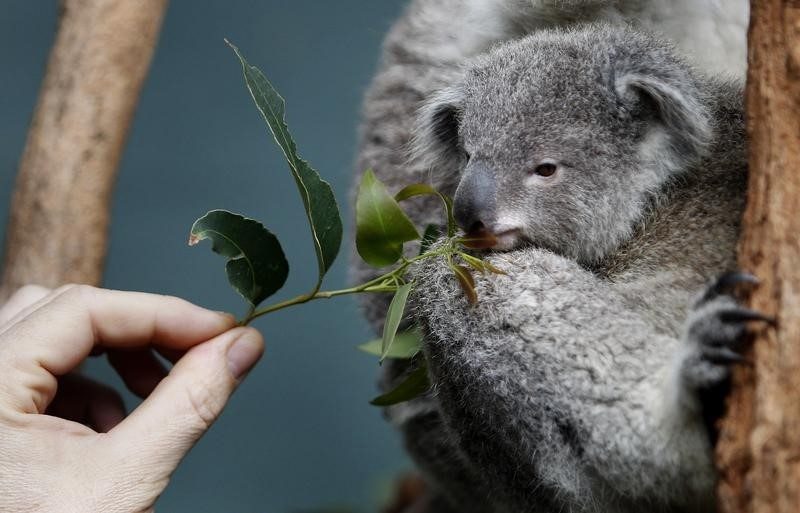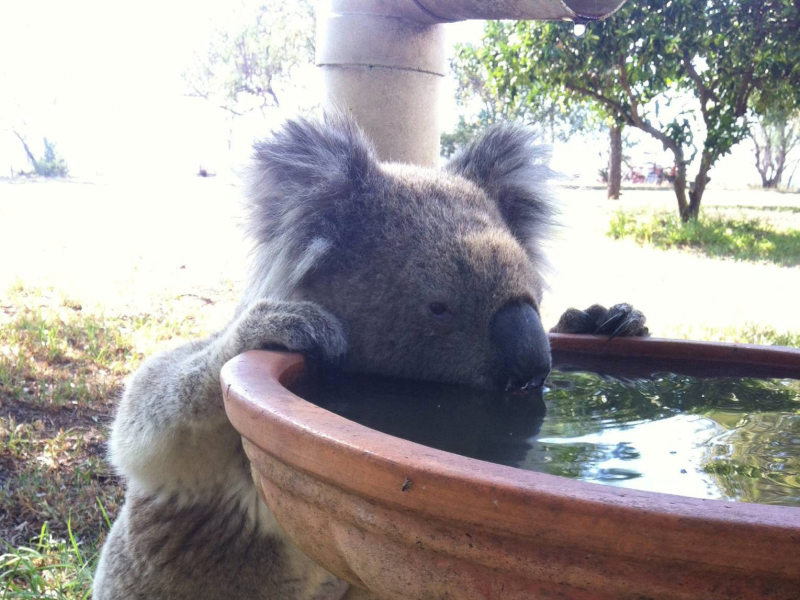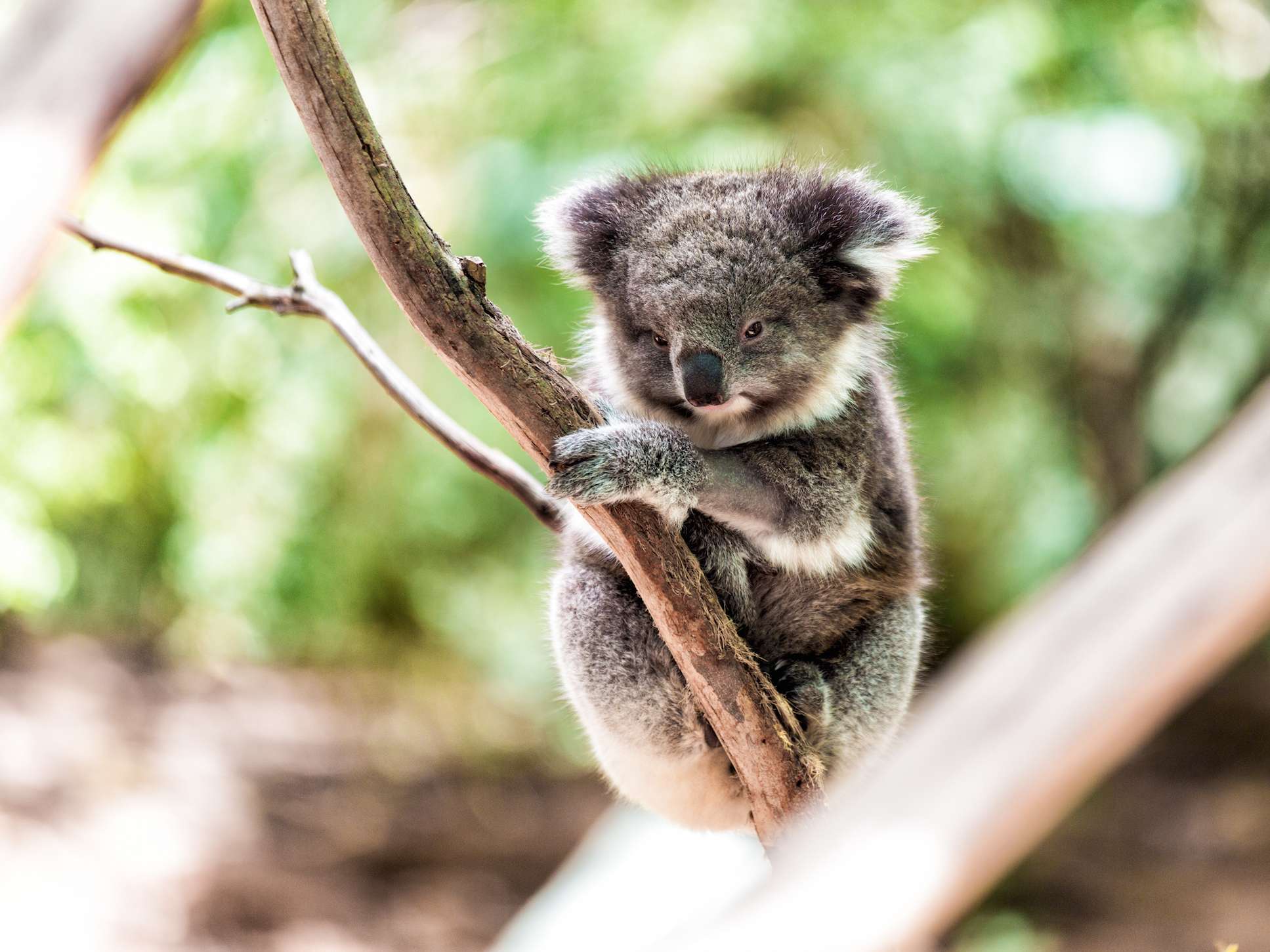- Experts say no more than 80,000 koalas remain in the wild, making the marsupial “functionally extinct.”
- The extinction is part of a larger trend: Species around the planet are collapsing for the sixth time in Earth’s history.
- Human activities are to blame for this mass extinction, especially actions that destroy habitats and cause climate change.
- Visit Business Insider’s homepage for more stories.
Australia’s cutest marsupial is now “functionally extinct.”
Experts at the Australian Koala Foundation (AKF) announced on May 10 that they believe no more than 80,000 koalas are left on the continent.
That’s not zero, of course, but “functionally extinct” means that a species’ population has declined so much that it no longer plays a significant role in the ecosystem (like as predators of other creatures, for example). That’s now true of koalas.
Deforestation, warmer weather, and droughts have all hampered the critters’ ability to survive and thrive.
Koalas' severe decline is part of a larger trend: A growing body of evidence suggests the planet is in the midst of a sixth mass extinction. A recent report from the United Nations found that up to 1 million species could disappear, many within decades, thanks to human activity.
About 80% of koalas' natural habitat has disappeared, and the animals are also threatened by dogs and cars, which kill 4,000 of the marsupials every year, according to the AKF.
What happened to Australia's koalas

Pinpointing exactly how many koalas are left in Australia is a challenge for scientists because of the continent's size and the koala's nomadic nature. But the scientific evidence points to one conclusion: koala numbers are decreasing rapidly.
A 2011 study reported that koala populations in inland regions of Queensland and New South Wales declined by up to 80% from 1995 to 2009 due to heatwaves and drought caused by climate change. Five years later, another study estimated that koala populations across Australia had declined, on average, 24% over the past three generations, and would continue to shrink over the next three. In Queensland, that study calculated, the percentage of koala population loss was 53%.
Read More: 17 signs we're in the middle of a 6th mass extinction
The cause of most of this decline stems directly from human activities. The Conversation reported that koalas' primary threat is habitat loss, since the creatures' eucalyptus tree forests are being destroyed by pollution, farming, urban development, and deforestation.
Climate change caused by rising carbon emissions is also playing a role in these creatures' extinction. According to the World Wildlife Fund, climate change has led to more heat waves, droughts, and forest fires that kill off koalas' preferred habitats.
And as the creatures' habitats continue to shrink, koalas' chances of recovering from extinction decrease.
What's more, koalas' eucalyptus diet ensures that the leaves at the top of the forest canopy get pruned, The Conversation reported. Without that leaf consumption, far less light would filter down to the forest floor, and that would have consequences for the flora and fauna close to the ground. The flammable eucalyptus canopy would also get thicker, raising the risk of more frequent and intense forest fires.
Can koalas be saved?
If a species' population falls below a certain threshold, it can reach a point at which the existing animals can't reproduce enough to create a subsequent generation. In certain cases, inbreeding occurs, which can threaten the health and viability of future generations.
According to The Conversation, some koala populations in Australia's urban areas are already suffering from excessive inbreeding.

The AKF has called for the Australian prime minister to "take the reins" by enacting the Koala Protection Act, which prohibits selling, killing, or possessing the species and would also protect eucalyptus trees.
Koalas already have some protections - they're classified as vulnerable by the International Union for the Conservation of Nature - but roughly 80% of the remaining koala habitat in Australia is on privately owned land. That means the land could be open for further development.
"I know the Australian public are concerned for the safety of koalas and are tired of seeing dead koalas on our roads. It is time for the government to respect the koala and protect its habitat," Deborah Tabart, head of the Australian Koala Foundation, said in a press release.
In 2011, the Australian senate completed an inquiry into the status, health, and sustainability of Australia's koala population. Although the conclusion was that koalas were in trouble, almost no legislation has been passed to save koala habitats since then.
The AKF's press release noted that "no one has written anything to protect the Koala in the last six years of [Australian] government."
"Our tourist icon is ready to leave, and no, zoos are not the answer," Tabart added. "Saving their habitat is."

